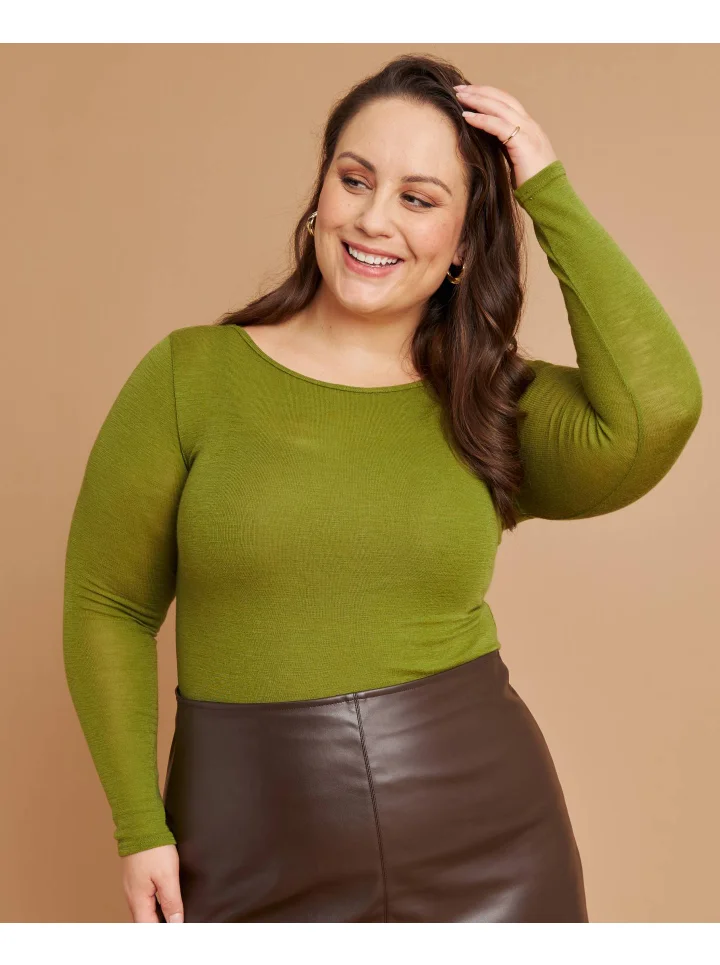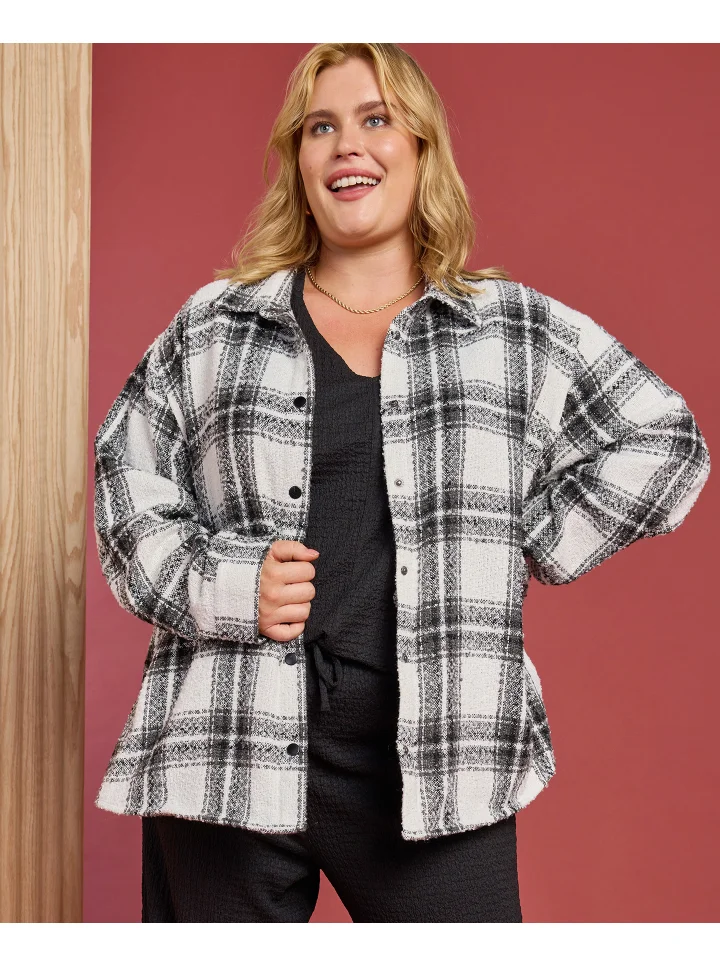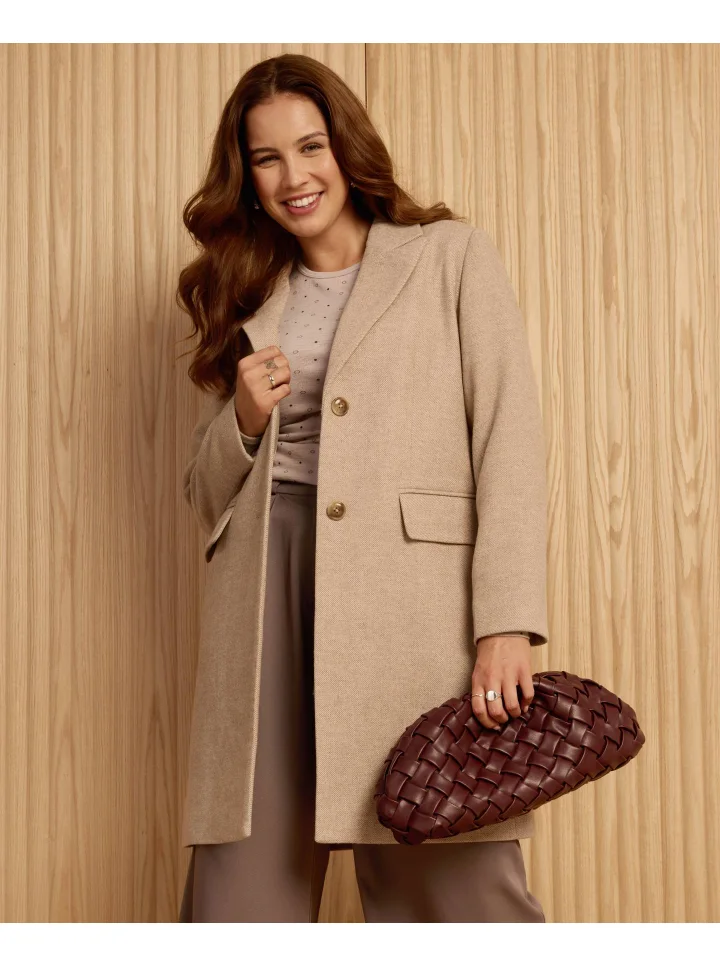One of the most frustrating aspects of shopping for women’s clothing, whether online or in-store, is inconsistent sizing. Have you ever bought two pairs of jeans of the same size from different brands, only to find they fit entirely differently? If so, you’re not alone. This inconsistency can make the shopping experience daunting, especially for those who cherish fashion and want to look their best.
In this blog, we will explore the complexities behind women’s clothing sizes and give you tips to make more informed choices. You’ll also learn about innovations aimed at simplifying sizing and making it more inclusive.
Understanding the Basics of Women’s Clothing Sizes
When it comes to women’s clothing, sizes can seem arbitrary. However, there is a method to the madness. Clothing sizes are generally determined by a combination of body measurements and statistical data derived from population studies. Historically, women’s sizing was standardised in the 1940s based on this data, but changes in body shapes and fashion trends over the decades have led to inconsistencies.
A Brief History of Standard Sizing
The concept of standard sizing originated during World War II, when the need for mass-producing military uniforms made it essential to create consistent sizes. This approach was later adapted for commercial use. Despite these early efforts, the variability in body shapes and the evolving nature of fashion have made it difficult to maintain truly standard sizes across brands and countries.
The Challenge of Sizing
One of the biggest issues with women’s clothing sizes is the lack of standardisation. What is labelled as a ’10’ in one store might be a ’12’ or even an ‘8’ in another. This can be attributed to several factors, including different sizing standards across countries and varying fit models used by brands.
The International Dilemma
Different countries have their sizing standards, which can add another layer of confusion for consumers. For example, a UK size 10 is roughly equivalent to a US size 6, but even this isn’t consistent across all brands. This lack of uniformity can make international shopping a minefield.
Brand-Specific Sizing
Many brands have their own unique sizing charts based on their target demographic and design philosophies. High-end fashion brands often use smaller sizing to maintain an exclusive image, while more affordable brands may offer more generous cuts to appeal to a broader audience.
Navigating Sizing Guides
Given the inconsistencies in sizing, using a sizing guide becomes essential for any shopper. Most online retailers provide detailed sizing charts, and knowing how to measure yourself accurately can save you a lot of hassle and returns.
How to Measure Yourself
To determine your size accurately, you’ll need a tape measure and a mirror. Measure your bust, waist, and hips while standing straight but relaxed. Write down these measurements and compare them to the sizing chart provided by the retailer. Don’t forget to account for any specific fit preferences you may have, like a looser or tighter fit.
Interpreting Sizing Charts
Sizing charts often include measurements in both inches and centimetres. They may also have specific instructions for different types of clothing, such as dresses, jeans, and tops. Pay attention to these details to ensure the best fit possible.
Examples and Visuals
Many online retailers offer visual guides to help you measure yourself correctly. Look for diagrams or videos that can provide a step-by-step walkthrough. Some websites even allow you to input your measurements to get personalised size recommendations.
The Future of Sizing
The fashion industry is increasingly aware of the need for more consistent and inclusive sizing. Innovations in technology and a push towards inclusivity are making strides in this area.
Technology to the Rescue
Advancements like 3D body scanning and virtual fitting rooms are becoming more common. These technologies allow you to see how clothes will fit on your body without having to try them on physically. Some brands are also using machine learning algorithms to recommend sizes based on customer feedback and purchase history.
Inclusivity in Sizing
More brands are recognising the importance of offering inclusive sizing. This means not only extending size ranges but also designing clothes that look good on all body types. Brands like Universal Standard and Good American have made it their mission to offer a broad spectrum of sizes.
The Role of Data
Retailers are increasingly using data analytics to understand how their customers’ bodies are changing and adjusting their sizing charts accordingly. This data-driven approach can lead to more accurate sizing and fewer returns, benefiting both consumers and retailers.
FAQs About Women’s Clothing Sizes
- Why do sizes vary so much between brands?
Sizes vary between brands due to differences in target demographics, fit models, and design philosophies. High-end brands may use smaller sizing to maintain exclusivity, while affordable brands may use larger cuts to appeal to a broader audience.
- How can I ensure a good fit when shopping online?
To ensure a good fit when shopping online, always refer to the retailer’s sizing chart and measure yourself accurately. Reading customer reviews and looking for images of real customers wearing the items can also provide insights into the fit.
- Are there any standard sizing systems?
There are several standard sizing systems, but they vary by country and brand. The UK, US, and European sizes are the most common, but even within these, there can be discrepancies.
- What is vanity sizing?
Vanity sizing is a practice where brands assign smaller sizes to garments than the actual measurements would suggest. This is done to appeal to customers’ vanity by making them feel they are buying a smaller size.
- Are there any apps that can help with sizing?
Yes, several apps can help with sizing by allowing you to enter your measurements and get size recommendations. Some popular options include TrueFit and Fit Finder.
Conclusion
Understanding the intricacies of women’s clothing sizes can empower you to make better shopping decisions. While the lack of standardisation can be frustrating, knowing how to measure yourself and interpret sizing charts can go a long way. Innovations in technology and a push for more inclusive sizing are promising signs for the future.
By understanding how sizes work, you can take control of your shopping experience and find clothes that make you look and feel great.
See More As:
- Affordable & Best Skincare Routine for Your Skin Type! That Works
- Latest Collection Summer Dresses Trends 2025 – Best Picks
- Victoria’s Secret Perfume Prices in Pakistan: A Detailed Guide
Check Related Fashion & Style





